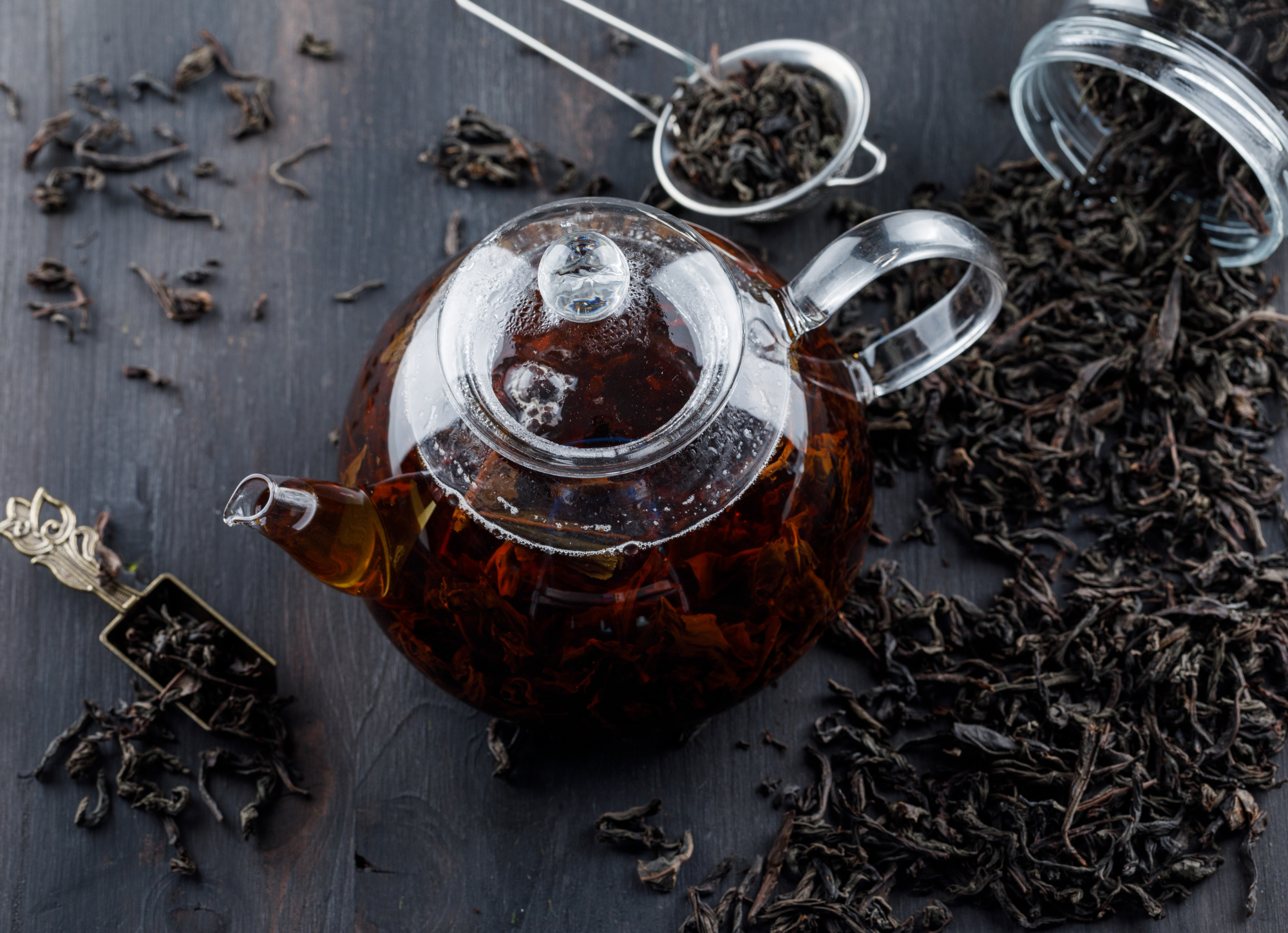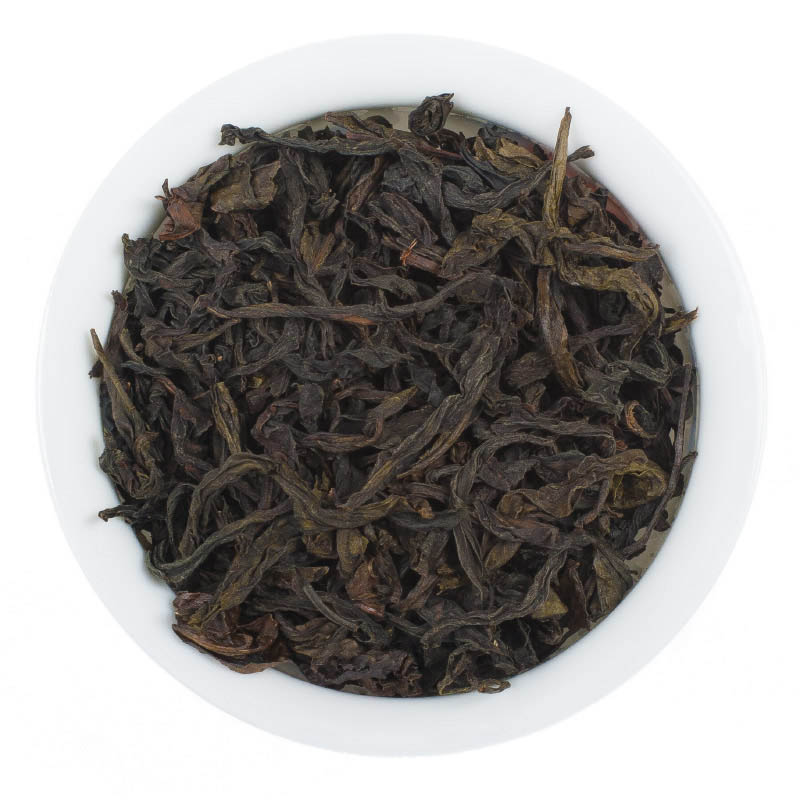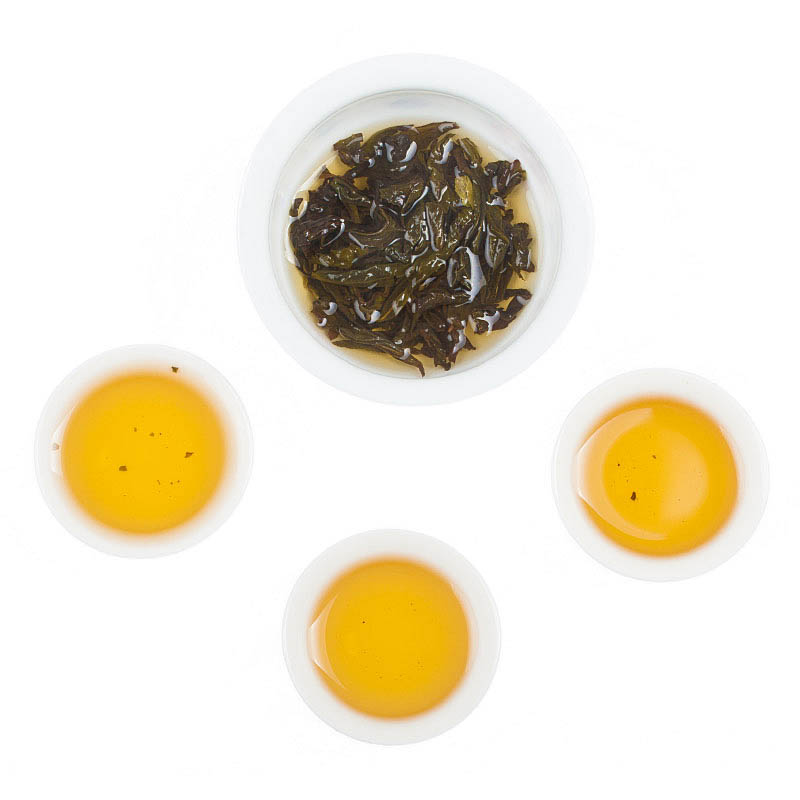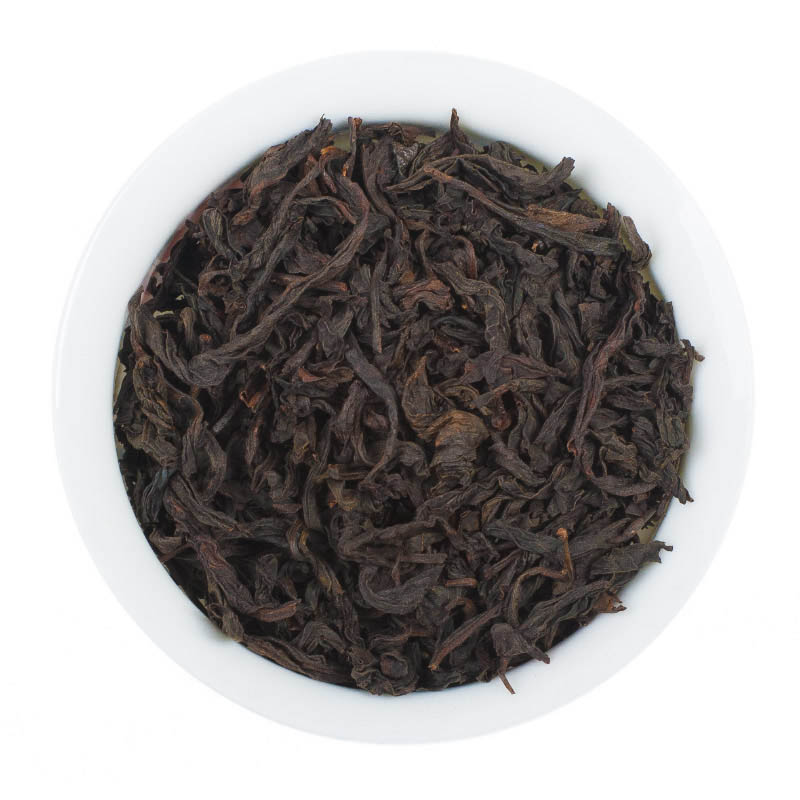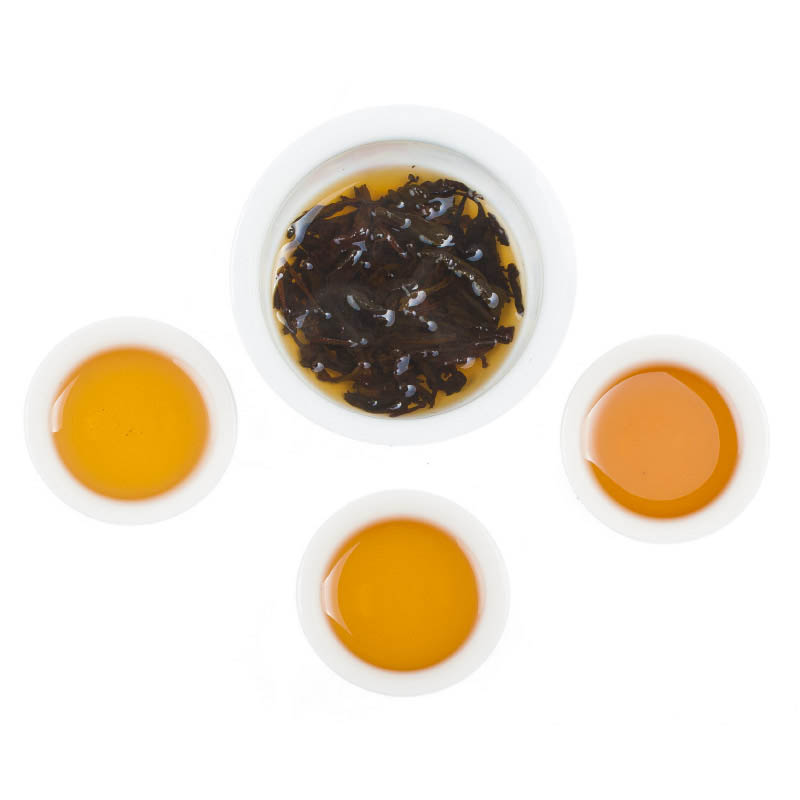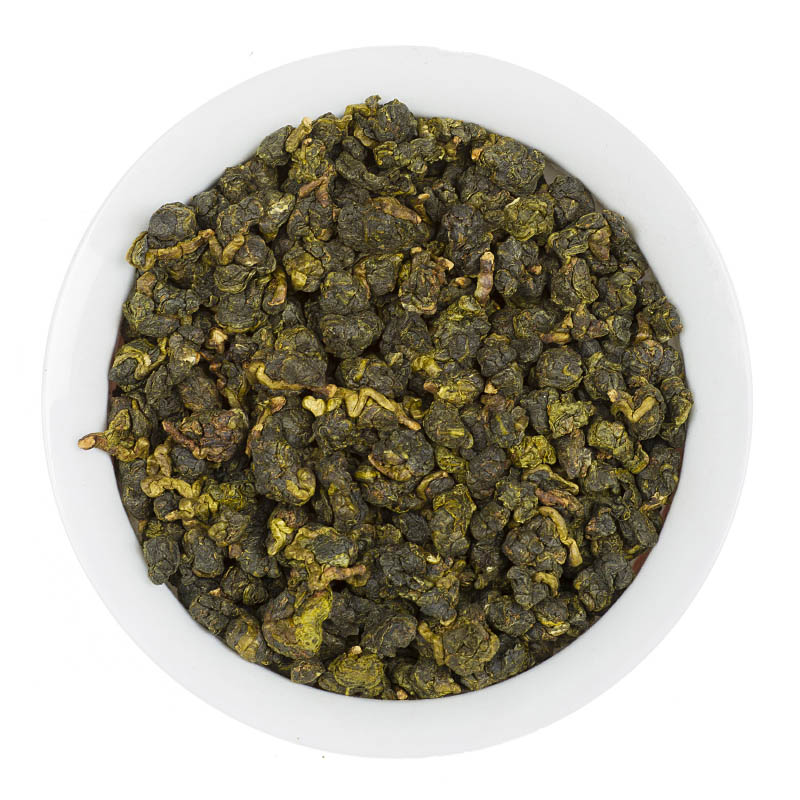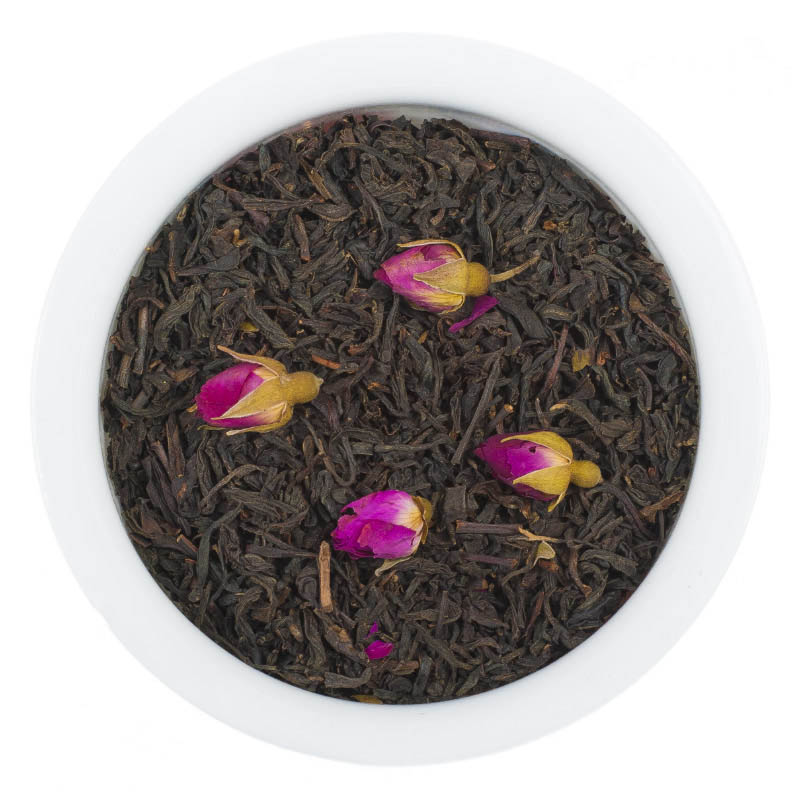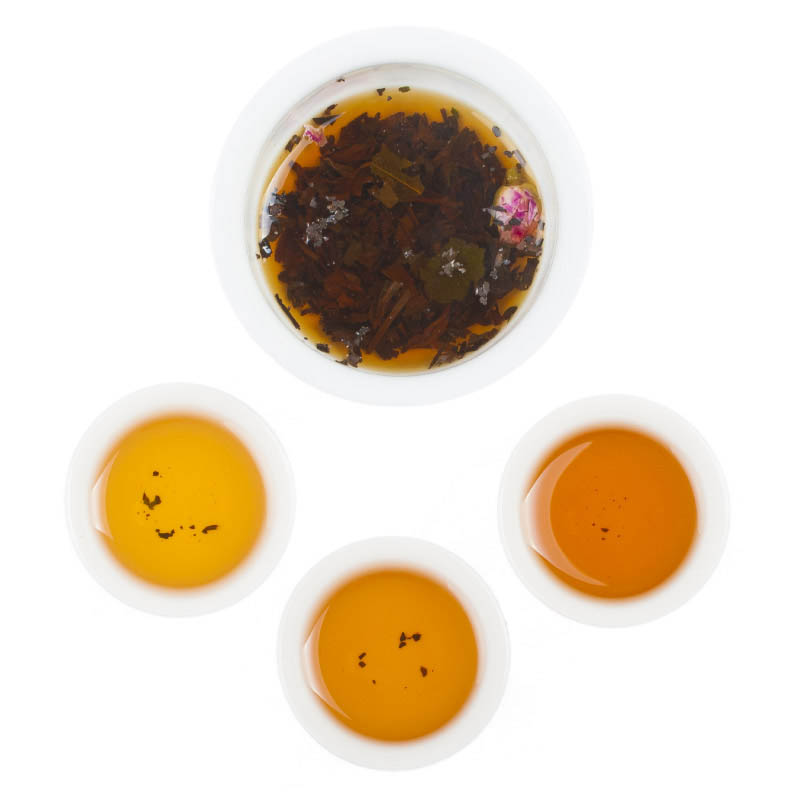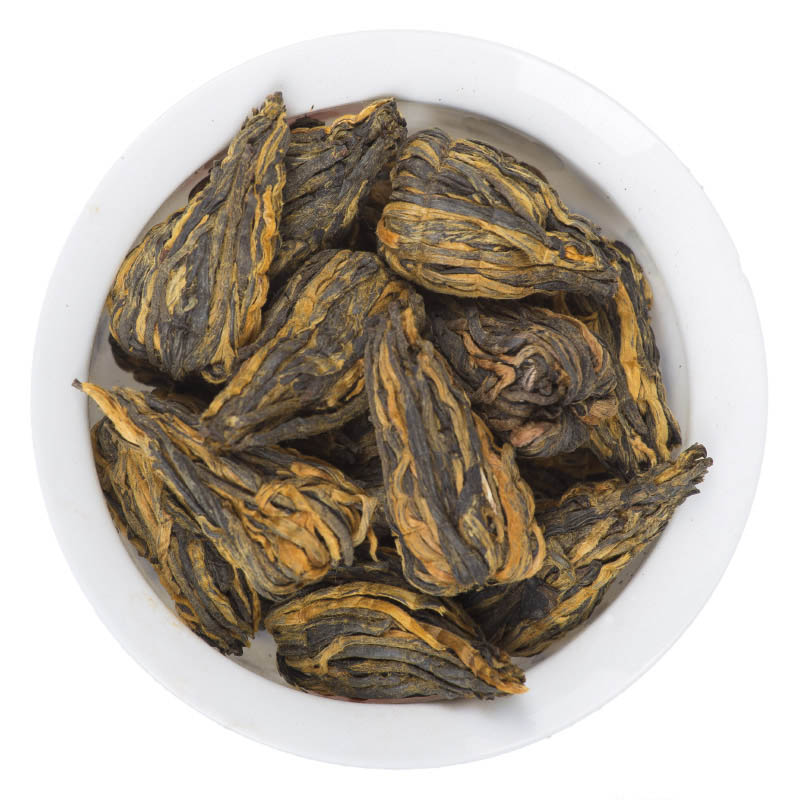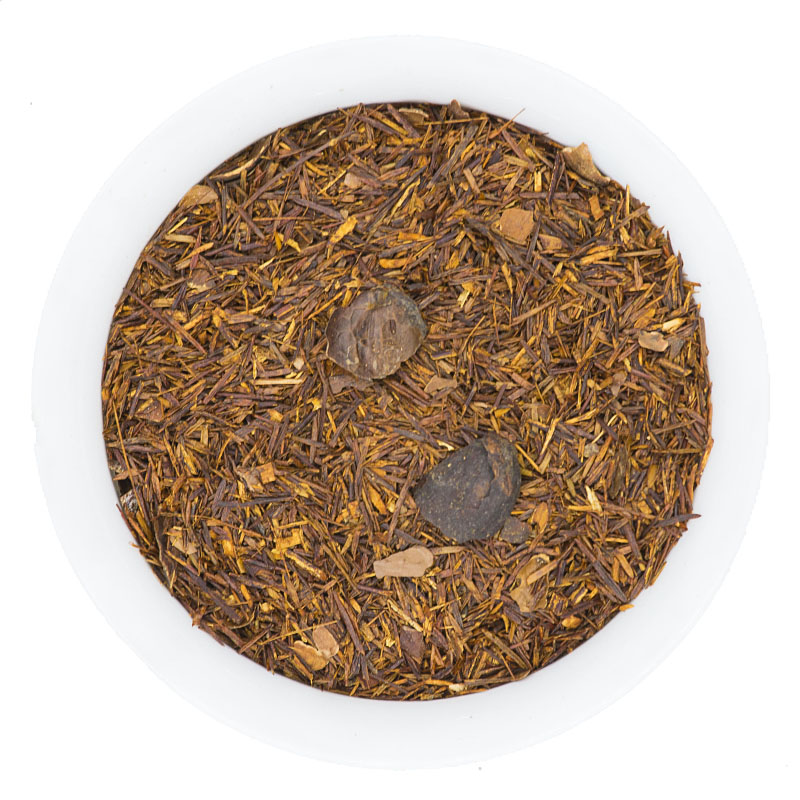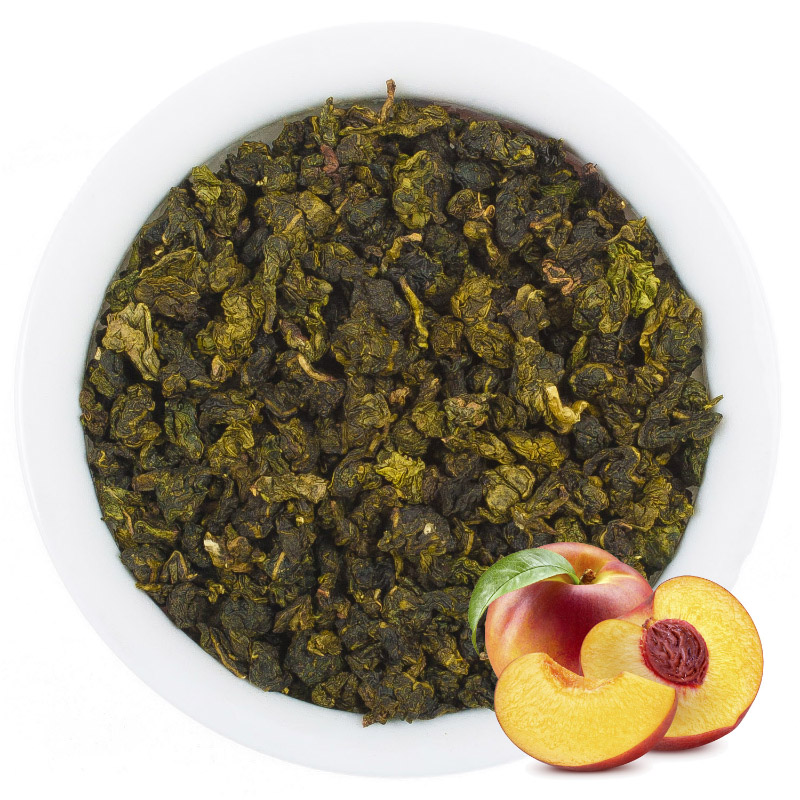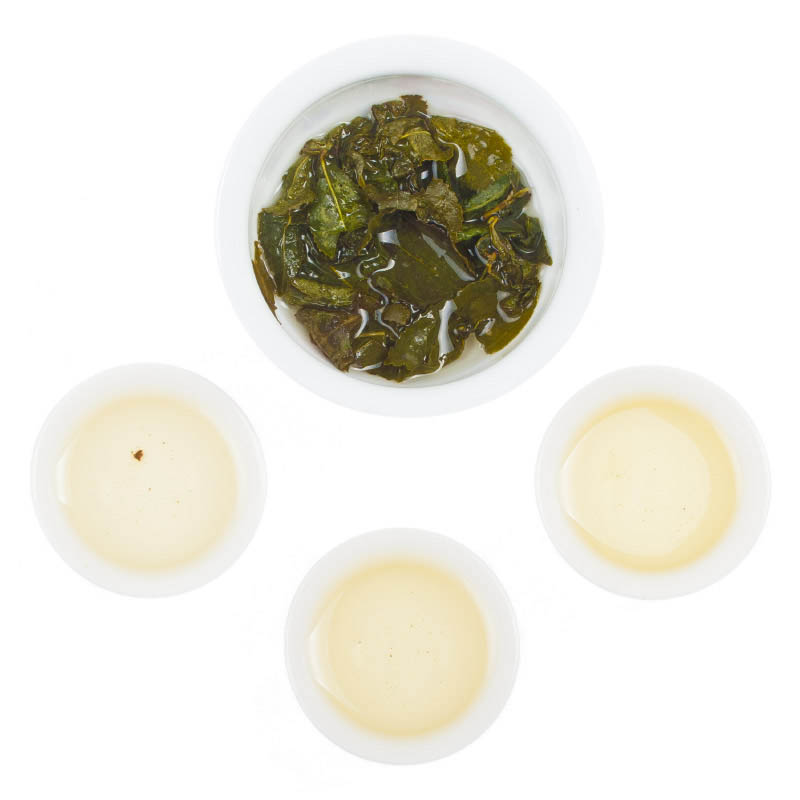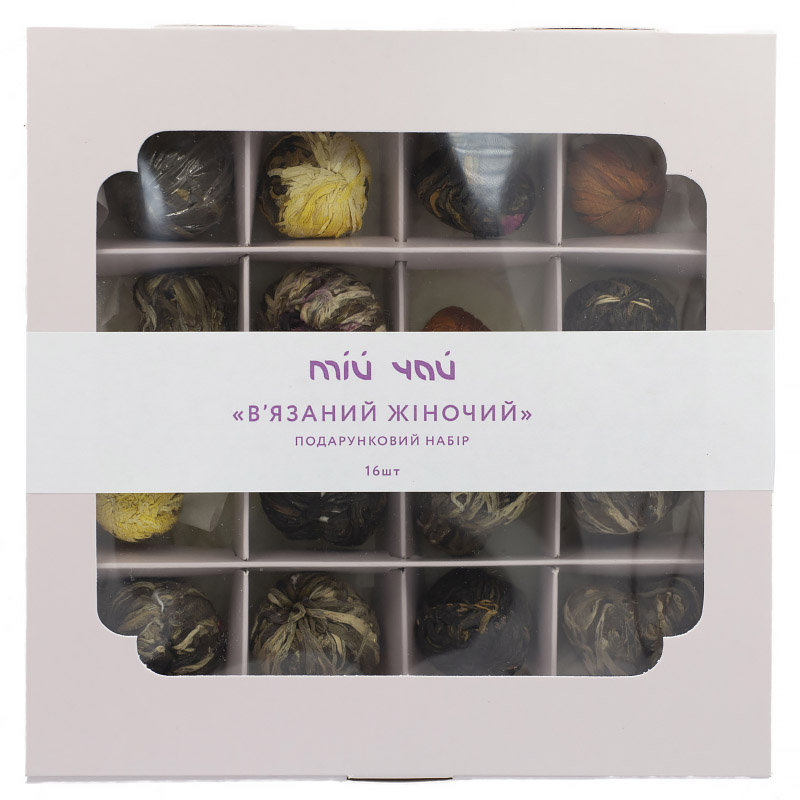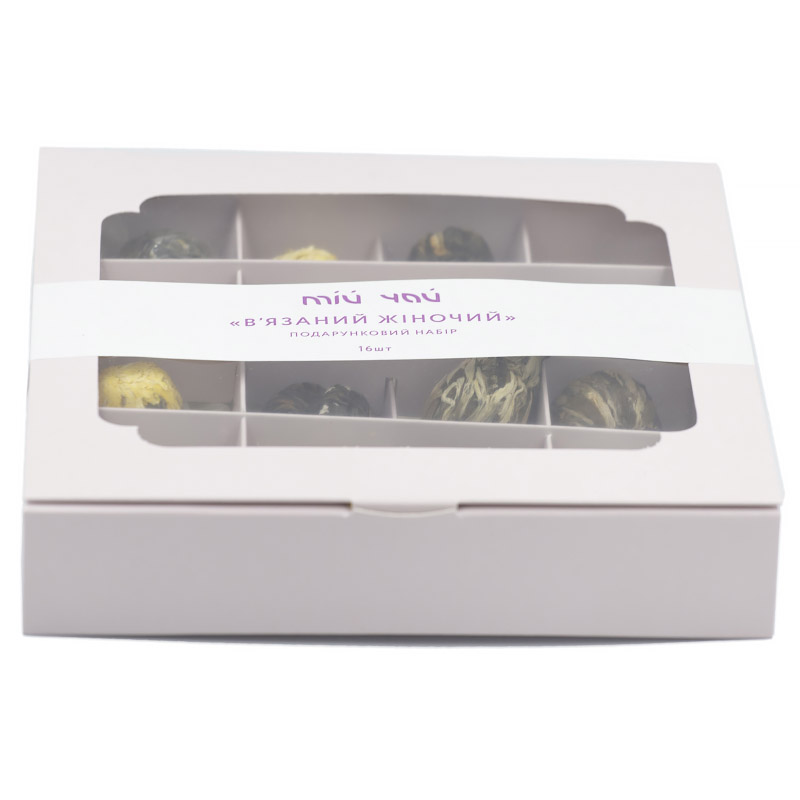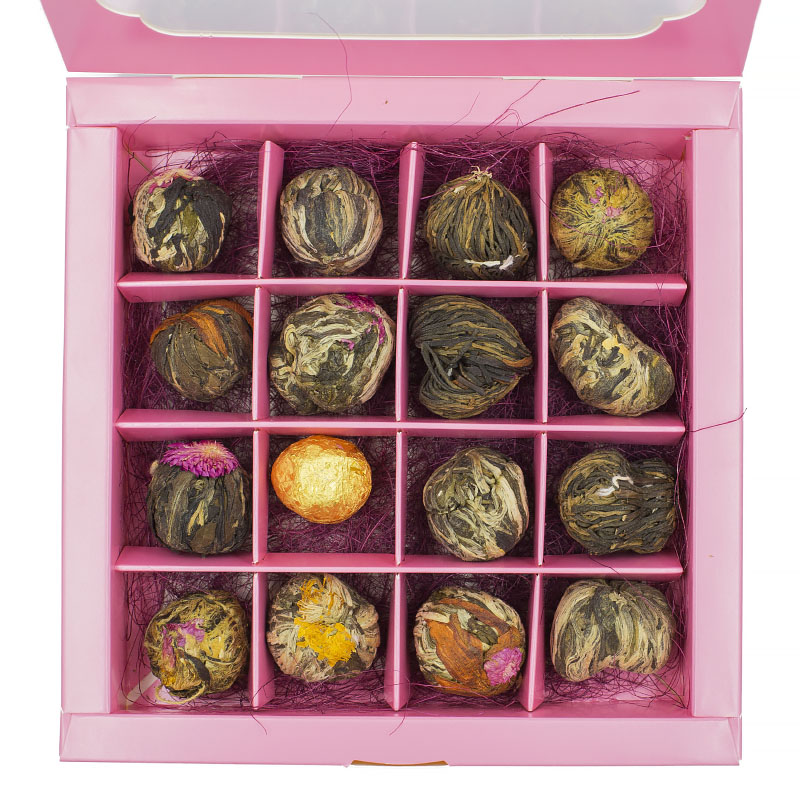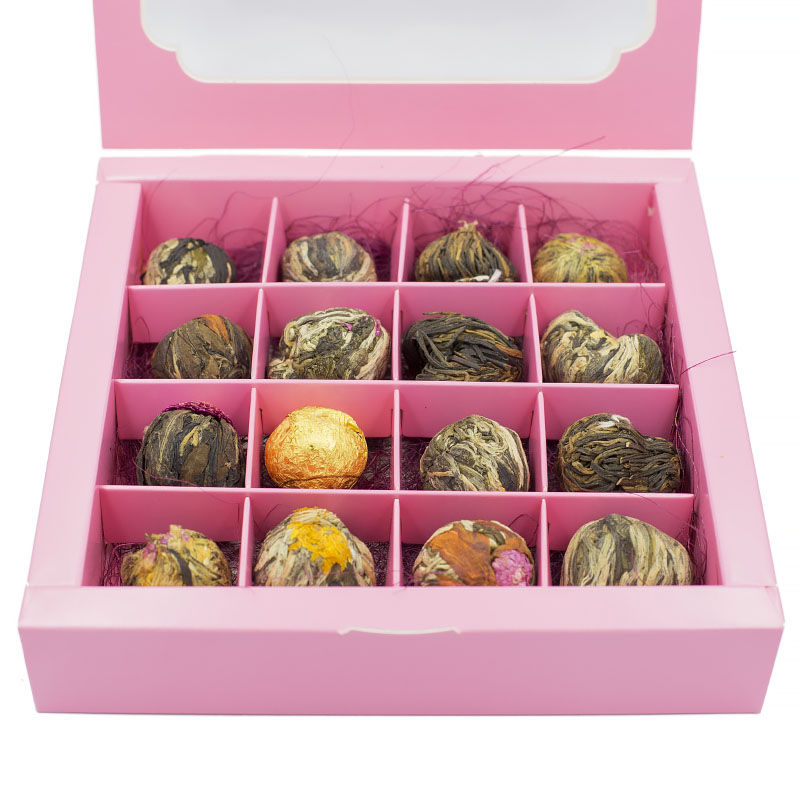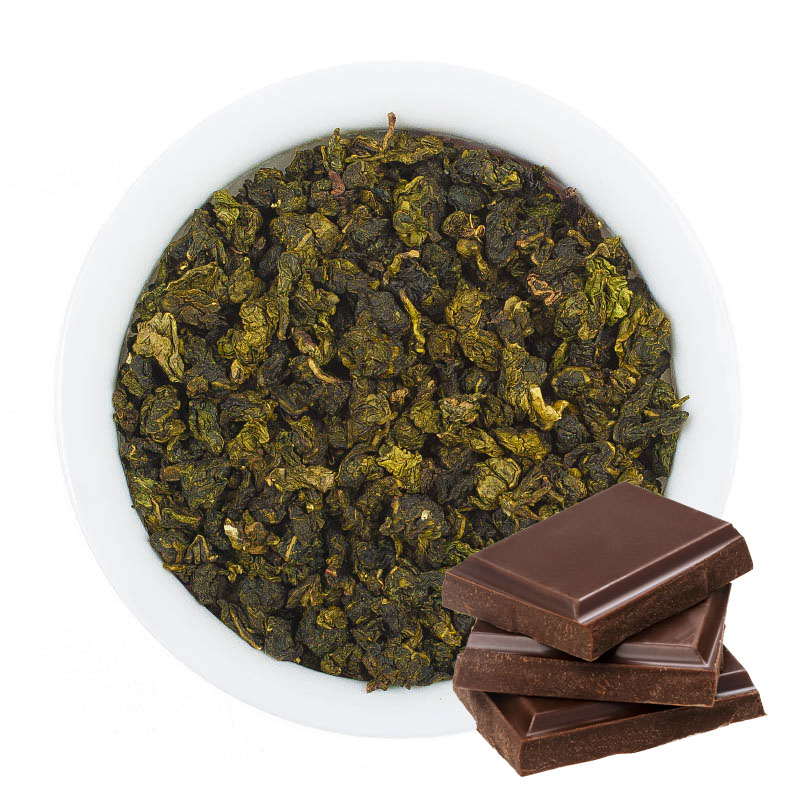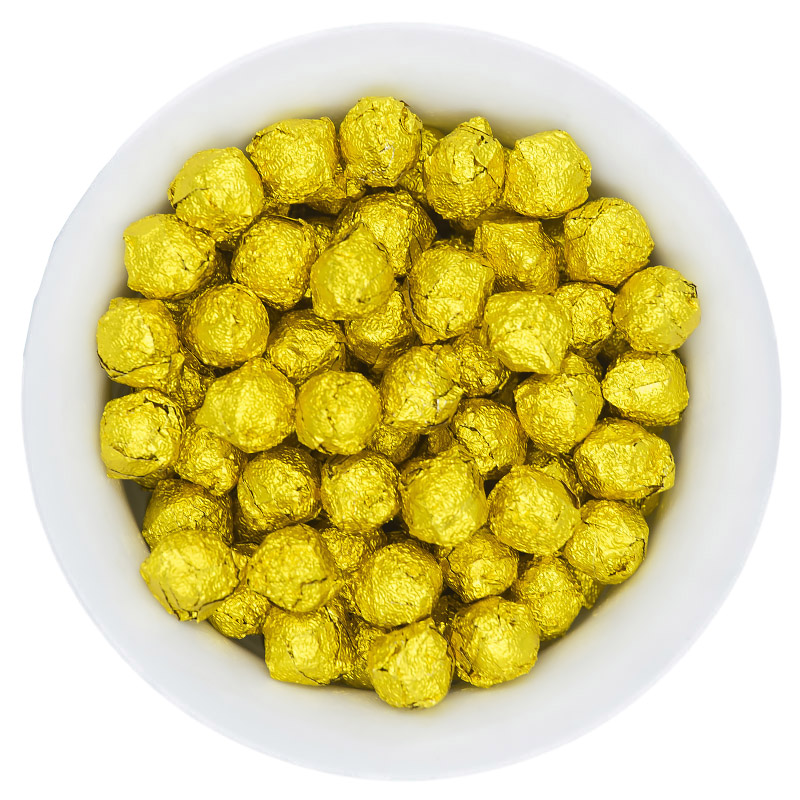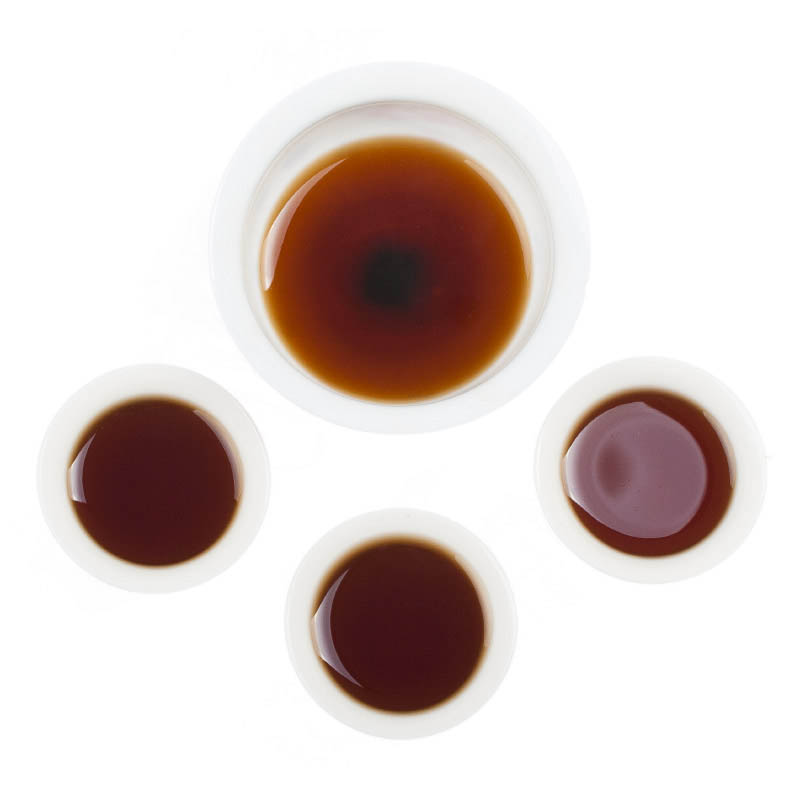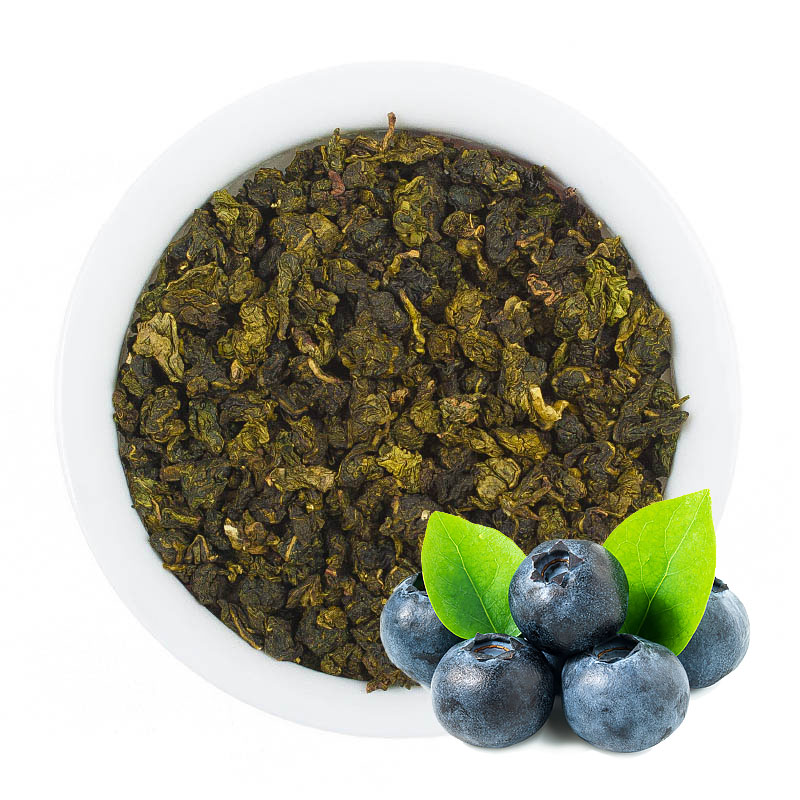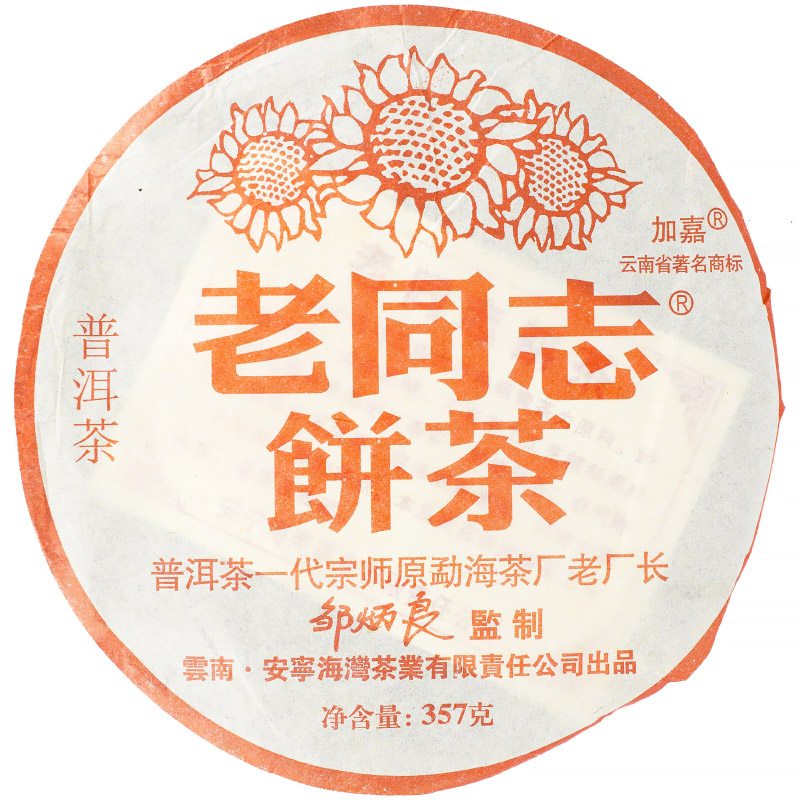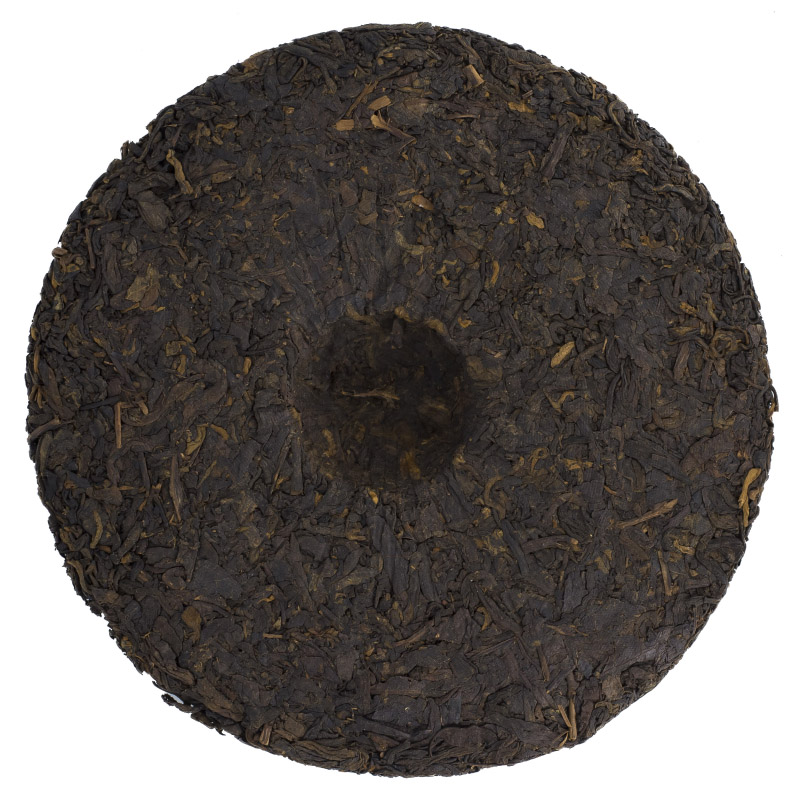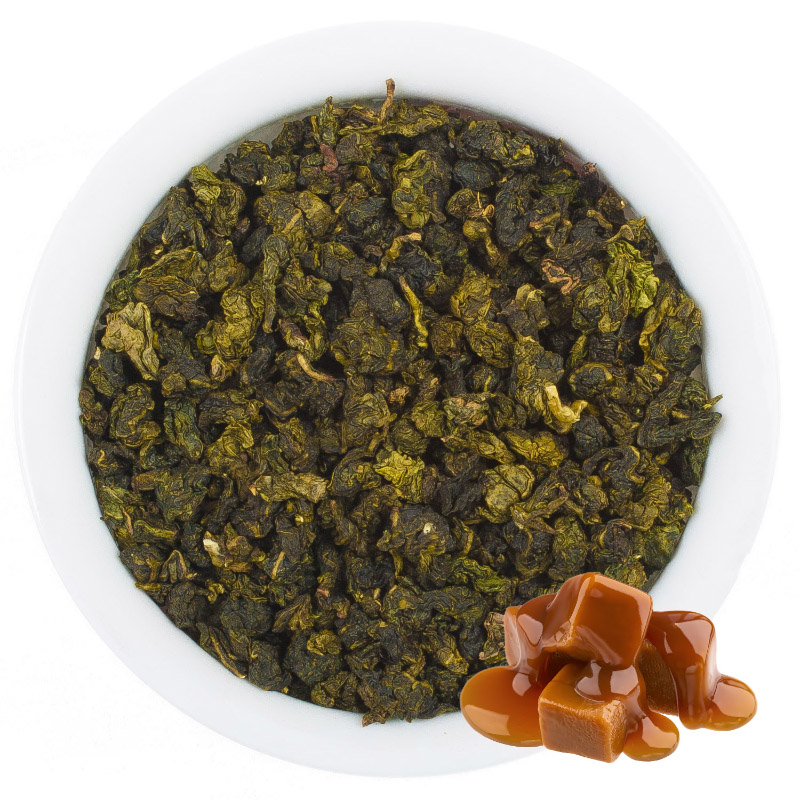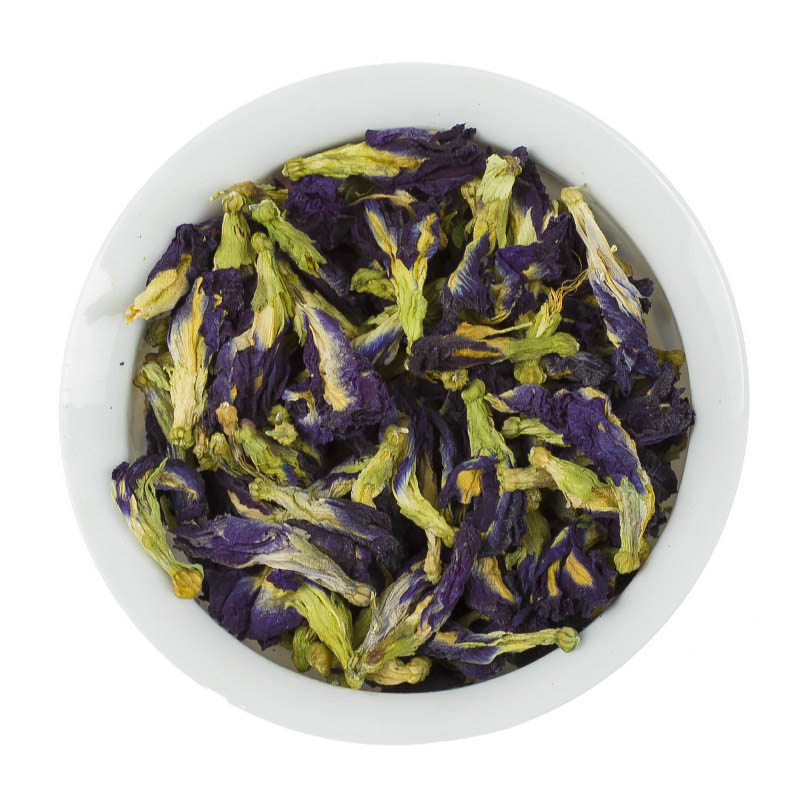Contents
- Origin
- Types
- Features of Types
- Traditions
- Benefits
For some people, tea is just bagged dried and crushed leaves. For others — it’s a cup of freshly brewed whole-leaf tea filled with incredibly delicious aromas. And for many — it’s an entire story, a ceremony.
Origin
China is considered the most popular tea producer. Almost all tea types known to humanity are grown and processed there. India takes second place, followed by Sri Lanka — these countries specialize in black, green, and elite teas. Japan, on the other hand, is known for producing only green teas.
Types
Familiar types of tea like black, green, and red get their names from how the leaves are processed after harvesting. They are joined by yellow, white, and Pu-erh teas. In reality, tea classifications are endless: by plant type, origin, oxidation method, shape, processing technique, etc. That’s why tea shops are bursting with varieties offering all sorts of flavors and aromas — and even different ways the tea leaves open when brewed.
Features of Types
Green teas are especially rich in vitamins and minerals. This variety is packed with caffeine and even used in medicine due to its high content of beneficial compounds. Green tea has a bright aroma and rich flavor. It’s an excellent coffee substitute — much gentler and safer, while still stimulating the brain.
Black tea is made from the same leaves as green tea but processed differently, which affects its color. It has no bitterness and gives a warm, cozy feeling with its deep color and comforting taste.
Red tea is named for its unique flavor. It has a beautiful burgundy-colored brew and an enticing aroma. This tea is made exclusively in China.
White tea is the rarest and therefore the most expensive. It’s very sensitive to transport and storage and possesses exceptional healing properties unmatched by any other type. When brewed, it delivers a magical floral aroma and a pleasant taste.
Yellow tea is produced only in China’s Fujian province. Known as “imperial” tea, it has a delicate aroma and a soft, velvety taste with an interesting aftertaste. The brewed tea is light yellow in color.
Pu-erh is a tea made from green leaves using a special fermentation process. It is the only type of tea that improves with age — the longer it’s stored, the better it tastes. It’s great for weight loss and focus. When brewed, Pu-erh offers chocolatey, woody tones. Its aroma is often mild, but the flavor is smooth and velvety, truly unlike anything else.
Traditions
Tea is not only fascinating in its types but also in how it’s consumed across different cultures. The most famous tradition is the Chinese tea ceremony. It’s a full-fledged art form involving uniquely shaped teaware and special brewing and drinking techniques. An interesting aspect is that they drink only pure tea — no sugar or additives.
Benefits
Few people know that tea is a treasure trove of healthy ingredients. Scientists say it contains around 300 different nutrients — including vitamins, proteins, fats, lipid sugars, and more. Tea is rightfully called the drink of longevity: it helps cleanse the body from the effects of pollution and poor diet. It also supports the function of internal organs, normalizes blood pressure and heart rate, and has a calming effect. And just like coffee, certain teas can energize and combat fatigue.
